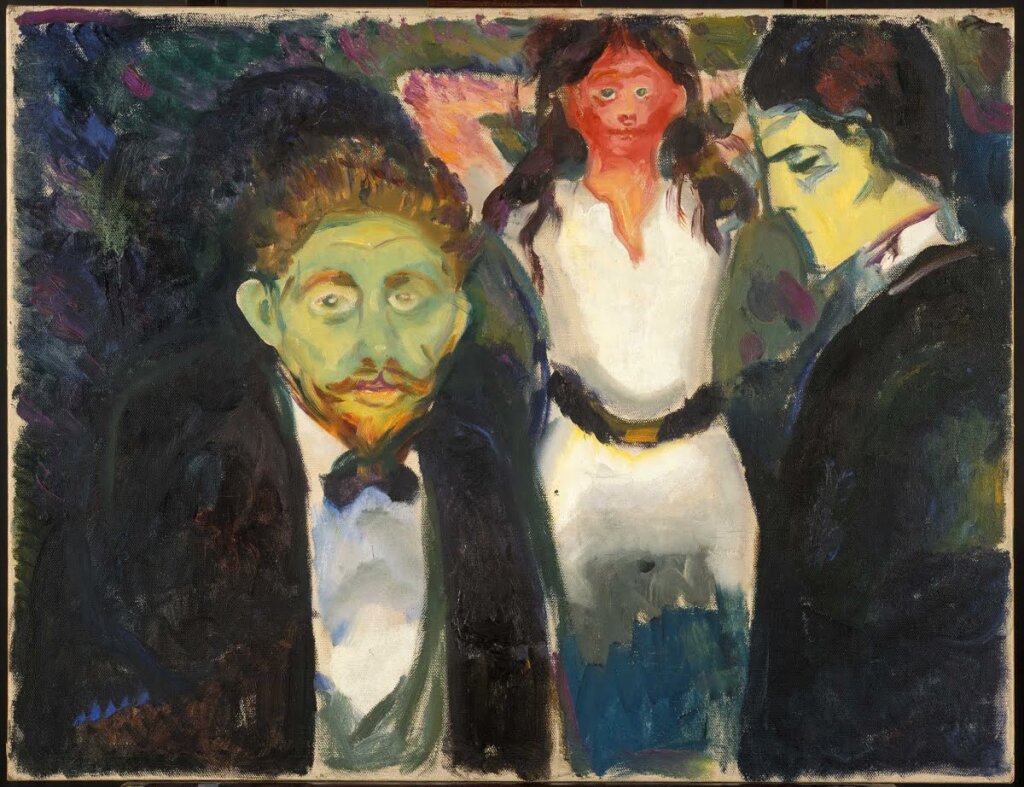Vassily Klimentov is Visiting Fellow at the European University Institute in Florence and Lecturer at the Geneva Graduate Institute. His book, A Slow Reckoning: The USSR, the Afghan Communists, and Islam, is forthcoming from Cornell UP in February 2024, at which time he will also be starting a Swiss National Science Foundation research project on the Cold War in Russian national identity at the University of Zurich.
By creating 15 newly independent states, the collapse of the Soviet Union and the end of the Cold War profoundly changed the political field in Eurasia. It also brought new elites to power. In Russia, a group of young, liberal policymakers centered on Egor Gaidar and Andrei Kozyrev entered Boris Yeltsin’s government. Many were selected for their lack of ties with the former communist elite. Even Yeltsin himself, while formerly a member of the Politburo, had been sidelined from top leadership after his speech criticizing the pace of Mikhail Gorbachev’s perestroika in 1987.
Beyond this apparent break, the post-Soviet period saw many continuities with the previous era. While policymakers changed at the top, many Soviet experts and mid-level bureaucrats remained in place. Tragically, former Soviet countries, except for the Baltic states, did not undergo de-communization or any lustration campaign. The continuity of the state was strong at the mid-level of government as well as in the security sector, in academia, and among diplomats. It was exemplified by people like Yevgeny Primakov, former head of the Oriental Studies Institute and intelligence chief, who became Russia’s chief diplomat and, eventually, Prime Minister in 1998.
The continuity of elites was similarly strong in many of Russia’s regions and in many former Soviet republics, especially Muslim ones. Former First secretaries of the CPSU stayed in power in Uzbekistan, Kazakhstan, Turkmenistan, and Azerbaijan. After a civil war, neo-communist elites returned to power in Tajikistan. These Soviet-era elites were marked by their ambivalence, to say the least, toward Soviet collapse. They were also still influenced by Cold War-era mindsets, which continued to shape policy in Eurasia into the 1990s.
The influence of Soviet-era views was especially striking in post-Soviet elites’ views of Islam and Islamism. In Soviet times, assessments of Islam and Islamism had reflected considerable granularity. In recent years, historians have explored this ambiguity, rethinking the relationship between communism and Islam based on new archives and oral history. Challenging the opposition between the two ideologies that had been postulated by the so-called Bennigsen School and readily endorsed by American Cold Warriors, this historiography has shown how many Soviet Muslims, notably in Central Asia, managed to reconcile the practice of Islam in the private sphere with public adherence to the tenets of communism. In other words, during the Soviet era, it was acceptable to be both Soviet or communist and Muslim.
Emphasizing the importance of Soviet diplomacy toward Muslim countries and the poor knowledge of religion by Moscow policymakers, many scholars also argued that a form of convergence had emerged between Islam and communism. This interpretation de-emphasized the “Islamic threat” to the Soviet state that the Bennigsen School had played up. My own research on the Soviet-Afghan War supports these findings. In Afghanistan, Soviet policymakers paid little attention to Islam and dismissed the existence of an Islamist threat to Soviet Central Asia until 1986. They saw Islamism as an ideology that Soviet enemies in the United States, Iran, and Pakistan could instrumentalize at will, but assigned little agency to the Islamists themselves. Things changed in the late 1980s, when an increasing number of Soviet policymakers began worrying about the possible destabilization of Central Asian amid the troubles of perestroika. However, they still saw Islamism as a “foreign” issue that rival powers could instrumentalize at will.
These views shaped Russia’s policies toward Tajikistan and Chechnya in the post-Soviet period. In 1992, civil war broke out in Tajikistan between two regional coalitions: an Islamist-democratic bloc representing regions out of power in Soviet times, and a neo-communist bloc representing regions in power in Soviet times. Islamism was not the defining factor in the war, but it was a structuring one for one of the coalitions. Interestingly, Russia’s policy fluctuated during the conflict. After initially backing the Tajik opposition (the Islamist-democratic bloc) in 1993, Moscow switched its support to the neo-communists of Emomali Rakhmonov (Rakhmon).
As I showed in a recent article in Central Asia Survey, the hesitations in Russian policy partly resulted from different assessments of Islamism among, respectively, Gaidar’s liberals and neo-Soviet military, intelligence, and diplomatic circles. If the liberals dismissed the Islamist threat and appeared ready to support the Islamist-democratic bloc, resurgent neo-Soviet bureaucrats saw the Tajik Civil War in light of their experience in Afghanistan. Emphasizing the threat Tajik Islamists represented for Russia, neo-Soviet elites backed by Islam Karimov—the leader of Uzbekistan and another legacy Soviet policymaker—played a central role in convincing Yeltsin of the danger of Islamism. These people remembered the Islamist threat from Soviet times and based their assessment of a post-Soviet conflict on earlier concerns around the Soviet-Afghan War.
My article in Kritika continues this discussion by examining Russian elites’ views of Islam and Islamism in the North Caucasus before and after the First Chechen War (1994-1996). Here, too, the influence of Soviet-era stereotypes is significant and striking. Unlike in Tajikistan, however, there is little difference in opinions articulated by, respectively, Russian political and security elites: both tend to dismiss the existence of an Islamist threat, instead emphasizing the origins of the Chechen conflict in ethno-nationalist separatism. This line of thinking, too, matches Soviet-era assessments. Although policymakers in the USSR, especially in the KGB and military, gained a new appreciation of the Islamist threat at the end of the Soviet-Afghan war, they saw it as a foreign policy problem concentrated at the “margins” of the Soviet Union, in Central Asia. No assessment at the time suggested that it could become a problem in Soviet Russia. Likewise, in the 1990s, few if any of the experts from academia, intelligence, and the military who stressed the role of Islamism in destabilizing Tajikistan believed it could become a central problem in Russian-ruled North Caucasus, instead privileging ethno-nationalist separatism as the main issue.
Many factors beyond those discussed here further impacted Russian elites’ views of Islam and Islamism. My own further research on this topic treats the KGB’s relationship to Islam at home and abroad from the 1970s to the 1990s, and, on the other hand, addresses how views of Islamism in post-Soviet Russia further changed through the late 1990s. The latter process unfolded as Soviet-era elites became even more prominent in Russian politics, while Islamist forces consolidated power in the North Caucasus.



